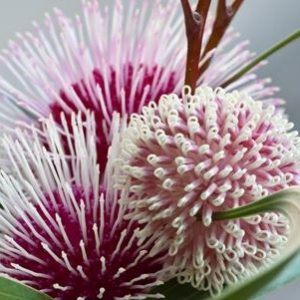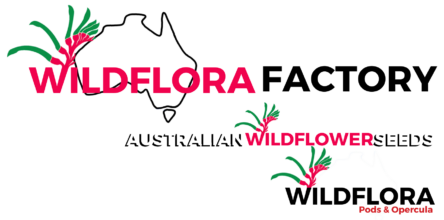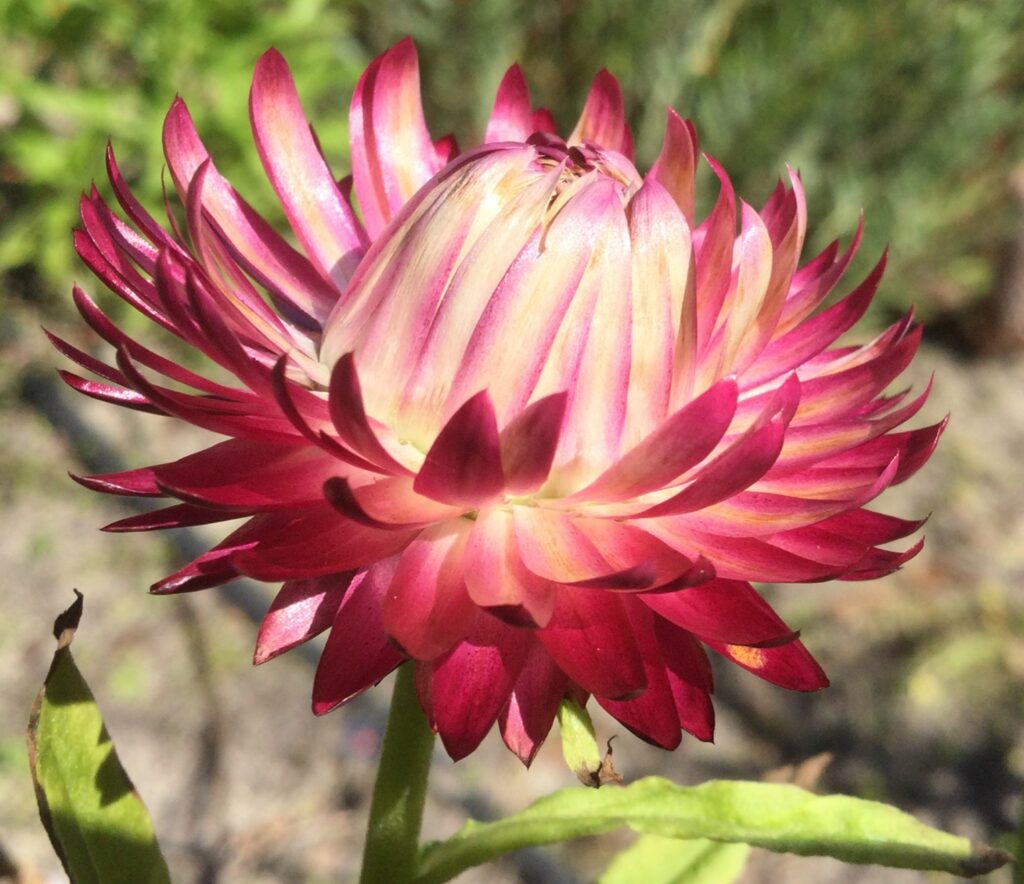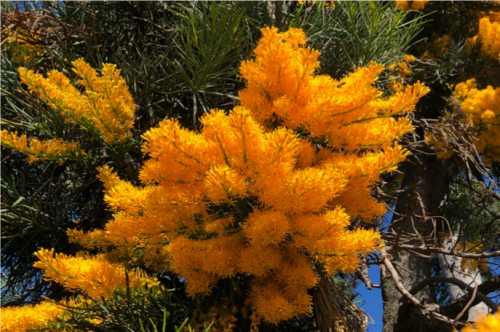Have you ever found that after a time in pots, some plants just seem to wither and eventually die – usually looking as though they have simply dried out, even though you have watered them regularly?
The following article provides an explanation for one of the mysteries of gardening in Australia. I thought it might be useful to include it here for anyone who has experienced that problem. It was printed in the newsletter of the South Australian Region of the Society for Growing Australian Plants (full publication details are included at the end of the article).
Plant Death in Pots
There’s nothing more frustrating than a new plant dying before you’ve had a chance to enjoy it. The solution may be simple … as Kevin Handreck explains.
It has been my experience that a main cause of death of plants after purchase and soon after planting is water-repellence in the potting mix in which they have been grown.
Most of our pine bark-based potting mixes are slightly to considerably water-repellent at the time of manufacture. This water-repellence is caused by the coating of bark particles with waxy secretions that are a natural by-product of fungi that are using the bark as food.
Many potting mix manufacturers add what is called a ‘wetting agent’ to their mixes to overcome water repellence. Wetting agents are detergent-like organic compounds that have the same effect on the wax coatings as does dishwashing detergent on a greasy frying pan. The coatings on the bark particles are dissolved by the wetting agent so that water can fully wet them.
Some potting mixes have little or no water-repellence at the time of manufacture, but they can develop it while plants are growing in the mix. But even if wetting agent had been added before potting, its effect declines over time (about six months) as it is washed from the container and as microbes decompose it.
Water-repellence has been a major cause of poor plant growth in nurseries, but it is also a major cause of deaths and poor early growth after planting out.
This is how it happens … So long as a mix that has water-repellent properties is kept wet the water-repellence will not be expressed. So when such mixes are irrigated frequently and are not allowed to dry out at all, there is no evidence that the mix is in fact prone to repellence. But if the mix is allowed to dry down to about the point at which a plant would soon begin to wilt (as may occur at a Sale), some of the particles in it dry to such an extent that at the next irrigation they remain dry. The irrigation water simply runs past them.
After several cycles of drying and only partial rewetting, an irrigation that appears to be effective can leave most of the mix quite dry. This is, I believe, a major cause of deaths of recently-bought plants. Irrigation that is less frequent than that used in the nursery or grower’s backyard could produce the sequence of events described above. If irrigations are frequent enough to prevent death before planting, water repellence can still rear its ugly head after planting out.
Potting mixes are generally of coarser texture than soils. When a rootball is placed into soil, the surrounding soil sucks water from the rootball, so causing it to contain less water than when it was sitting on gravel or a bench in the nursery. Until new roots grow out into the surrounding soil, the plant is still totally dependant on the diminished amount of water in the rootball. For a week or so, irrigation must be more frequent than had been necessary in the nursery. Even if the mix of the rootball is not water-repellent, if irrigation is less frequent than at the nursery, there is a real possibility that the plant will wilt and die in warm weather. But if the mix is water-repellent, the combination of less water in the mix because of suction into the surrounding soil and the retention of little irrigation water once the rootball mix has dried, can lead, in a few days, to death through drought.
A further consideration in this is that if the top of the rootball has been buried under soil that is finer than the potting mix within the rootball, it is not possible for water to enter the rootball until all of the surrounding soil has been saturated with water. Only then can the pressure of the water in this saturated soil force some water into the rootball. It cannot flow in ‘against gravity’ into the coarse potting mix.
Of course freedom from disease and hardening off are essential to good post-sale performance, but I believe that attention to water-repellence is also critically important.
This leads me to two conclusions. One is that all plants … (purchased from nurseries or plant sales) … should have wetting agent applied to them. Some growers already do this (however all gardeners would be wise to check this or add wetting agent themselves once they have the plant at home).
The second conclusion is that gardeners should not bury the rootballs of their plants. The top of the mix should be at the soil surface.
From the August 1998 issue of the newsletter of the South Australian Region. Kevin was responding to a member’s letter on death of plants soon after purchase.
Sourced from: Australian Plants Online, http://anpsa.org.au/APOL13/mar99-14.html#death , accessed on 17/01/2008.
Note: Some very minor amendments have been made to the wording of the final two paragraphs to remove a few non-relevant phrases. (Wildflowersofaustralia editor).

DISCOUNT OFFER
GET 50% OFF
While stocks last or until offer is withdrawn


